You are leaving our Website
Using an external Link:
You are now leaving our website. The following page is operated by a third party. We accept no responsibility for the content, data protection, or security of the linked page..
URL:
OT500: Digital Twins in Industry 4.0
Training: Industry 4.0
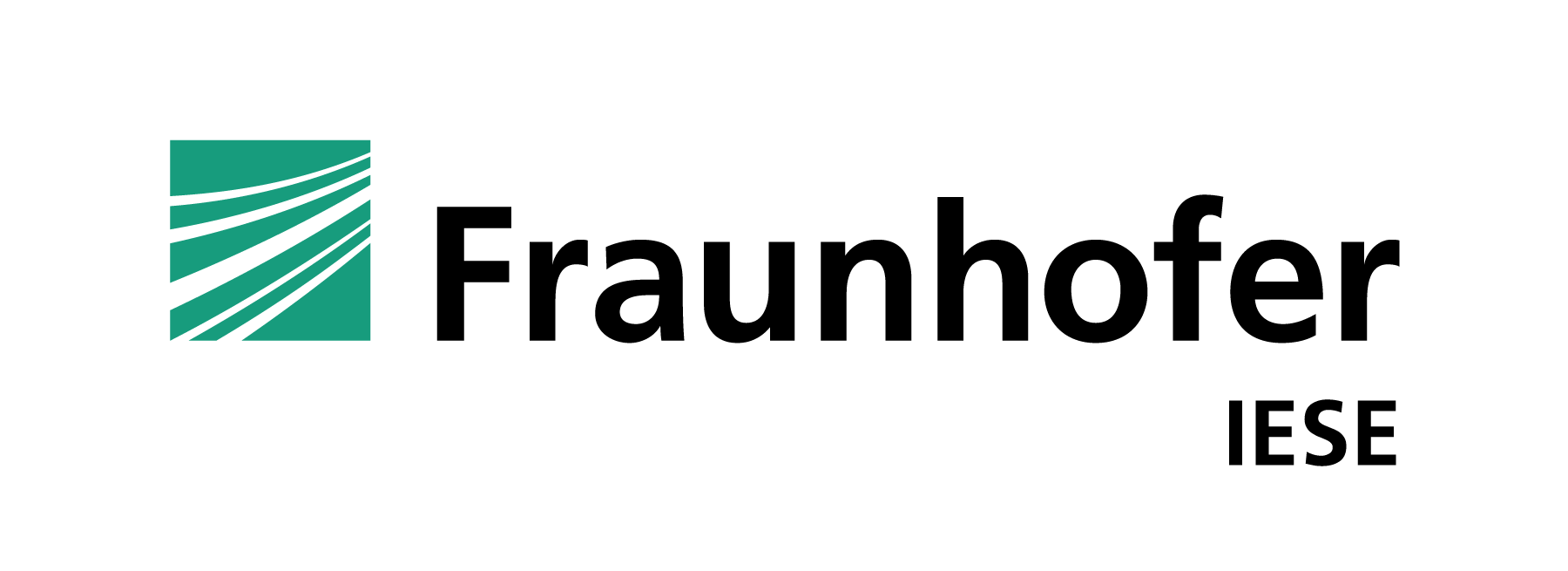

Participants gain a comprehensive understanding of Industry 4.0 and digital twins. The course covers fundamentals, concepts, and implementation using the Eclipse BaSyx middleware. In practical exercises, participants create administration shell–based digital twins for various use cases and deepen their knowledge through discussions and hands-on activities.
Unfortunately there are currently no available appointments.
Would you like to request an appointment? Then click on 'No matching appointment?'
Agenda:
The industrial revolutions, Industry 1.0 – 4.0
- Objective: Understanding the necessity of (cross-enterprise) information models
- Industry 4.0 means end-to-end digitalization
- Within the enterprise, across production lines, along supply chains, along the lifecycle
- A "common language" is required for this
- Discussion: Have you already been confronted with challenges in implementing Industry 4.0?
Maturity levels, opportunities and potentials of Industry 4.0
- Objective: Getting to know the Industry 4.0 maturity levels, assessing Industry 4.0 maturity, getting to know the potentials of digitalization
- Getting to know Industry 4.0 use cases
- Assessing the maturity levels required for implementing these use cases based on Acatech
- maturity model
- Discussion: Discussion of Industry 4.0 use cases of the participants and their classification in the
- maturity model
- Understanding how Digital Twins fulfill the requirements for maturity level 4+
- Discussion: Digital Twins
Digital Twins
- Objective: Understanding the concept of the Digital Twin and getting to know its basic functionality
- Which aspects of an asset must a Digital Twin represent to support a use case?
- Basic components of a Digital Twin (static data, dynamic data, services, prediction models)
- Types and instances of assets and their Digital Twins
- Interaction with assets and other Digital Twins
- Manifestations of Digital Twins (Digital Shadow, complete Digital Twin, ...)
- Discussion: How do early Industry 4.0 solutions fundamentally differ from Digital Twins?
Implementing Digital Twins
- Objective: Getting to know the Asset Administration Shell and submodels as the foundation of Digital Twins, and overview of the community
- Asset administration shells and submodels
- Overview of currently existing submodels and the Industry 4.0 community
- Overview of the Industry 4.0 community
- Discussion: Implementing selected use cases on maturity levels 3, 4, 5/6 with asset administration shell
Software infrastructure for operating Digital Twins
- Objective: Getting to know the software infrastructure for Digital Twins, ability to install and configure it
- Getting to know the Eclipse BaSyx software infrastructure for operating Digital Twins and its components
- Hands-On: Installation and getting to know the basic components of Eclipse BaSyx
- Hands-On: Functional testing of the installation
- Discussion: What was learned
From QR code to device
- Objective: Implementing a first Digital Twin
- Implementing a simple Digital Twin as representative of a device
- Hands-On: Creating a simple Digital Twin of a device (Digital nameplate)
- Hands-On: Registering the Digital Twin, functional testing
- Hands-On: Data query from the Digital Twin using a QR code
- Discussion: What was learned
Digital Twins for condition monitoring
- Objective: Digital Twins that represent the current state of a device
- Discussion: What are the advantages of using a Digital Twin for condition monitoring?
- Extending the Digital Twin with live status
- Hands-On: Connecting data sources of a simulated device with its Digital Twin using Eclipse
Integration of device data
- Connecting data sources using alternative edge devices
- Hands-On: Creating an analysis application using the open-source application Eclipse Streamsheets
- Aggregating data from multiple Digital Twins
- Hands-On: (Optional) – Creating a dashboard with Grafana
- Discussion: Discussion of the various solutions
KPI calculation with Digital Twins
- Objective: Learning to perform calculations and thus create derived data for Digital Twins
- Understanding the potentials of data and derived data
- System architecture for serializing Digital Twins and for performing calculations
- Calculating derived data using the Data Bridge and using applications
- Hands-On: Calculating the KPI "Overall Equipment Efficiency"
- Discussion: Discussion of the various solutions
Digital Twins of products
- Objective: Digital Twins that follow a product
- Getting to know applications, for example product documentation, CO2 footprint, value change
- Challenges in creating and operating Digital Twins for variable assets (line/islands, addresses)
- Possible types of products
- Effects of manufacturing steps and storage on products
- Hands-On: Definition of product types
- Hands-On: Definition of workstations and implementation of product tracking
- Hands-On: Implementing a Digital Twin of a product
- Discussion: Discussion of the various solutions
Recap: Digital Twins for Industry 4.0
- Objective: Internalizing central concepts of the Digital Twin and its implementation
- Asset Administration Shell is the universal "language" for realizing Digital Twins
- Submodels are vocabulary that give meaning to the language
- Digital Twins are a logical interface to assets and thus enable cross-asset networking
- Discussion: Further use cases, concepts for their implementation
Objectives:
The course OT500 Digital Twins in Industry 4.0 aims to provide participants with a comprehensive understanding of the concepts, technologies and applications of Digital Twins. Upon completion of the course, participants should understand and be able to explain the fundamental principles and definitions of Digital Twins. They should be able to identify and describe the essential technological building blocks and system architectures of Digital Twins. Furthermore, participants should be able to analyze and evaluate practical use cases and best practices for the deployment of Digital Twins in various industries. They should be able to plan and successfully implement the steps for development and implementation of a Digital Twin.Target audience:
The course OT500 Digital Twins in Industry 4.0 is ideal for digitalization officers in enterprises who want to implement innovative technologies for operational process improvement. System integrators who integrate and manage complex IT systems will find valuable approaches and solutions here.Furthermore, the course is targeted at specialists and executives from the areas of enterprise strategy and development, innovation and technology management, production and factory planning as well as process planning and optimization.
Prerequisites:
For participation in this course OT500 Digital Twins in Industry 4.0, basic knowledge in computer science, engineering or a related field is helpful. A fundamental understanding of automation and programming skills in JAVA are also required.Description:
The workshop OT500 Digital Twins in Industry 4.0 jointly developed by Fraunhofer™ IESE and qSkills™ provides comprehensive understanding of Digital Twins concept and implementation. Knowledge transfer utilizes a combination of traditional content delivery, discussions and hands-on activities.The objective of the training is to provide participants with both the fundamentals of Industry 4.0 and Digital Twins, as well as to collaboratively implement Asset Administration Shell-based Digital Twins for different use cases using Eclipse BaSyx middleware.
Guaranteed implementation:
from 3 Attendees
Booking information:
Duration:
3 Days
Price:
2.490,00 € plus VAT.
(including lunch & drinks for in-person participation on-site)
Appointment selection:
No appointment available
Authorized training partner
Authorized training partner
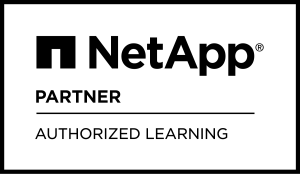
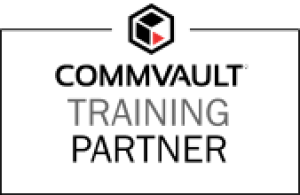

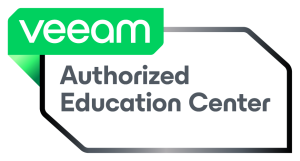
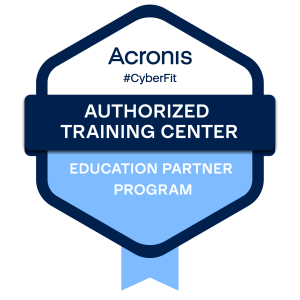
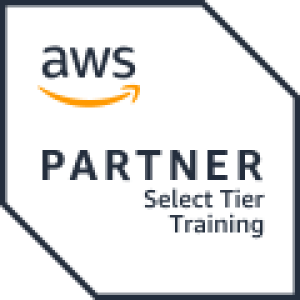
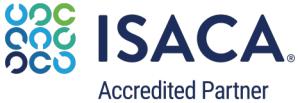
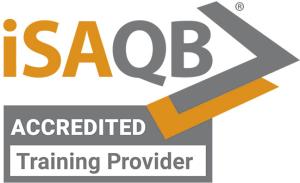

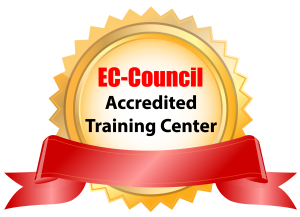
Memberships
Memberships
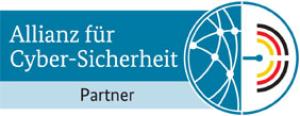


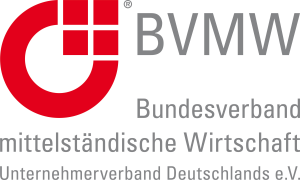

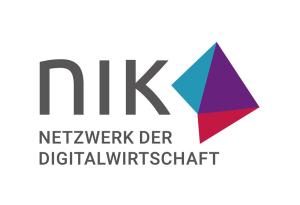


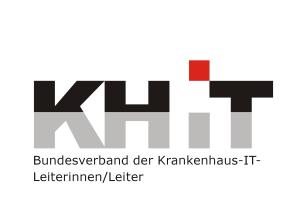




Shopping cart
OT500: Digital Twins in Industry 4.0
was added to the shopping cart.

